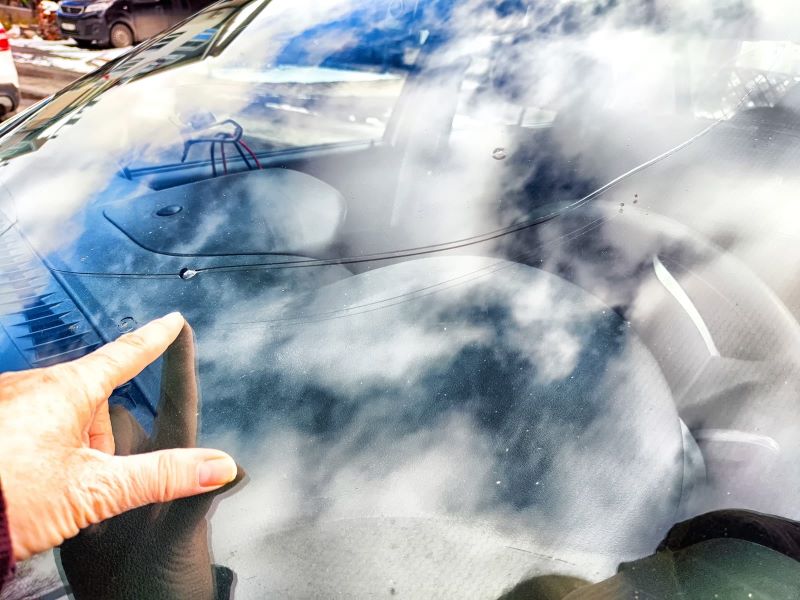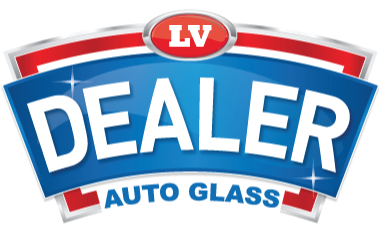A cracked windshield might seem like a minor inconvenience, but it can have serious legal and safety implications, especially in Nevada. With clear laws governing vehicle safety, understanding these regulations is critical for every driver in the Silver State. Ignoring a damaged windshield could lead to fines, vehicle impoundment, or worse, a preventable accident.
Nevada's diverse terrain, from urban centers to desert highways, poses unique challenges for drivers. Flying debris and harsh conditions can quickly lead to windshield damage. While some cracks may seem insignificant, they can obstruct your vision or compromise the structural integrity of your vehicle during a collision.
This article explores the nuances of Nevada’s cracked windshield laws and why addressing damage promptly is crucial for both safety and compliance. Understanding these rules can save you from costly tickets and ensure peace of mind on the road.

Nevada Windshield Laws: Key Regulations
Nevada’s windshield laws aim to ensure road safety by regulating visibility and structural integrity.
- Obstruction-Free Zones: Any crack, chip, or damage obstructing the driver’s view is illegal and must be repaired immediately.
- Safety Standards: The law mandates that windshields meet federal safety regulations, particularly regarding their ability to withstand impacts.
- Size Limits for Damage: Cracks longer than 6 inches or chips larger than 1 inch typically require immediate attention to avoid citations.
Drivers should also be aware that vehicles must pass a safety inspection during registration. A damaged windshield may result in failure.
Safety Hazards of a Cracked Windshield
A cracked windshield isn’t just a legal issue—it’s a safety concern.
- Reduced Visibility: Even small cracks can distort light, causing glare or impairing night driving.
- Compromised Structure: Windshields provide up to 45% of structural integrity in a frontal collision and 60% during rollovers.
- Airbag Deployment Issues: Damage can prevent the windshield from supporting airbag deployment, increasing injury risks.
Regular inspections and prompt repairs can mitigate these dangers.
When Is a Crack Illegal in Nevada?
Determining when a crack becomes a violation depends on its location and size.
- Direct Driver’s Line of Sight: Any damage in this area is grounds for a citation.
- Edge Cracks: Compromise the windshield’s strength, making the vehicle unsafe.
- Star Cracks: These can spread rapidly, creating a spider-web effect that obstructs visibility.
Nevada law requires immediate action for such damage to avoid penalties.
Repair vs. Replacement: What Nevada Drivers Need to Know
Deciding between repair and replacement depends on the extent and location of the damage.
- Repair:
- Best for chips smaller than a quarter or cracks shorter than 6 inches.
- Quick and cost-effective.
- Replacement:
- Necessary for larger cracks or damage near the edges.
- Ensures compliance with Nevada’s safety regulations.
How Insurance Factors In
Nevada law requires drivers to carry liability insurance, but does it cover windshield repairs?
- Comprehensive Coverage: Often includes repairs or replacements for windshield damage caused by road debris or accidents.
- Deductibles: Many policies waive deductibles for repairs, making it easier to address minor damage.
Check your policy to avoid unexpected costs.
Avoiding Windshield Damage in Nevada
Preventative measures can save money and keep you safe on the road.
- Maintain Safe Following Distances: Reduces the likelihood of rocks and debris hitting your windshield.
- Regular Cleaning: Removes abrasive particles that can worsen existing damage.
- Protective Covers: Shield your vehicle from extreme temperatures, which can exacerbate cracks.
Understanding Repair Timeframes
Delaying repairs can turn minor damage into a costly replacement.
- Immediate Repairs: Address chips and small cracks as soon as possible to prevent spreading.
- Weather Considerations: Cold temperatures can expand cracks, making timely repairs crucial during Nevada winters.
Nevada Law Enforcement: What to Expect
Police officers can issue citations for damaged windshields, especially if they observe reduced visibility or safety concerns.
- Warnings vs. Fines: First-time offenses may result in warnings, but repeat violations can lead to fines ranging from $100 to $500.
- Inspection Requirements: Damaged windshields can prevent vehicle registration, leading to additional delays and costs.
Driving Safely with a Cracked Windshield
While temporary fixes like resin patches exist, they’re not a substitute for professional repair.
- DIY Solutions: Useful for emergencies but not long-term.
- Professional Services: Ensure compliance with Nevada laws and restore safety.
Final Thoughts: Keeping Nevada Roads Safe
Incorporating windshield maintenance into your vehicle care routine protects you legally and enhances road safety. Understanding Nevada’s laws helps you avoid penalties and unnecessary risks.
As windshield damage can happen anytime, are you prepared to address it promptly and keep your vehicle roadworthy?
Can you list cracked windshield penalties?
What qualifies as obstructed view in Nevada?
